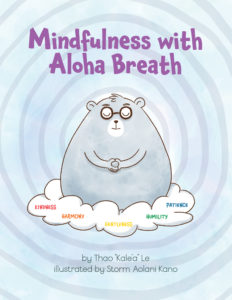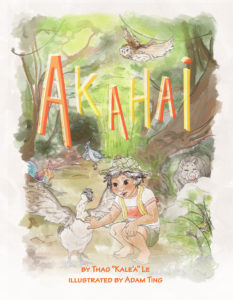Interview with Dr. Thao Le
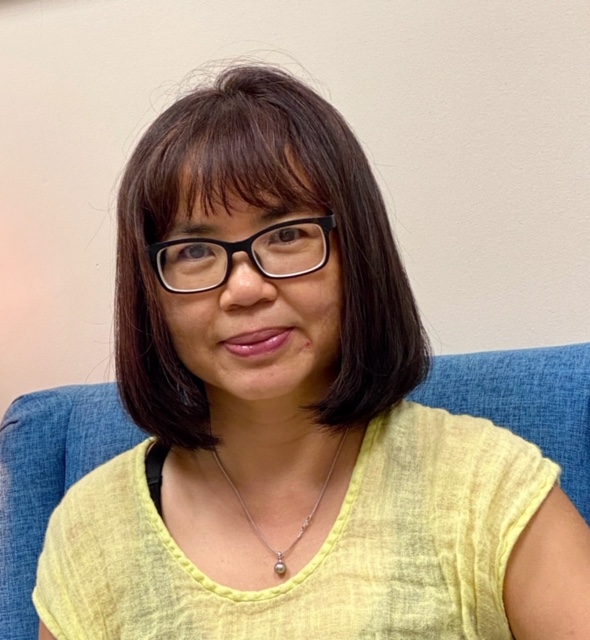
Thao Le, PhD, MPH
Dr. Thao Le is currently serving as professor in Human Development & Family Studies at the University of Hawai'i Mānoa. She was previously at Colorado State University where she gave up promotion & tenure to come to Hawai'i because of her connection to the island/sea, and with Native Hawaiian collaborators. Prior to academia, she worked in a non-profit in Oakland, California for 14 years focusing on preventing youth delinquency, with particular attention to Asian and immigrant population. Her current research work at UHM is focusing on farmer stress, restoration of native ecology (with her NH collaborators), and mindfulness for Keiki/educators in Hawai'i.
Parts of the interview have been edited for clarity and length.
When did you first bring mindfulness to the University of Hawai’i and what inspired you?
I came to the University of Hawai’i, Mānoa in 2011 and I started a mindfulness course in 2013. It started off as an experimental class. I taught it for two years so that I could collect data and confirm that students were interested in a mindfulness curriculum. It started off with small groups of six students and then just kept building. It was in 2016 when I received a designated course number designation. So it’s been a 3-credit course for UHM students for the past eight years.
I arrived to UHM by way of Colorado State University where I was already working with youth development in terms of suicide prevention with the Native American tribes in Montana. It was a pilot study to incorporate mindfulness within their tribal school. That inspired me. When I arrived to Hawai’i, I asked whether I could try to get mindfulness on campus, because I didn’t see anyone doing it at that time. It was very different from what it is now- everybody knows about mindfulness these days. That was absolutely not the case eight years ago.
What is the focus of the upper division mindfulness course you teach at the University of Hawai’i?
The focus is to introduce the concept of mindfulness, encourage practice, and foster reflective writing. Students have homework practice and writing assignments. It’s also an ethics focused course and students are required to do a considerable amount of reflection. Since I’m in the Human Development Family Studies program, I see mindfulness as part of human development. Mindfulness helps with social emotional regulation and understanding the workings of the mind. Our students acquire different types of training and development courses like infant and youth development, financial and family planning, and conflict management. This is a nice fit because it’s about fostering understanding of who we are, why we developed a certain way, with certain habits and dispositions, and how to live skillfully.
You cannot provide the resources and serve others if you don’t understand the inner-workings of the mind. I try to challenge students to reflect and explore ethics through the course materials. Mindfulness is just a tool in practice, but without ethics, mindfulness can be appropriated in different ways than it was intended.
“I see mindfulness as part of human development.”
What is the Pause Space and how do you see the campus community engaging in it?
My mindfulness course has evolved and continues to evolve depending on the students. But the Pause Space was developed because I wanted a physical place to cultivate the practice so that students taking the course weren’t limited to doing the exercises only in class. The Pause Space was another venue in which students as well as the community could also join the practice. Ultimately, my intention is for it to be a service space to help students, faculty, staff, or anyone from the community to connect with themselves. Don’t we all need to pause?
There’s a small community of us who have continued to gather throughout this whole pandemic. Every Friday we gather and some students casually drop in. Sometimes though my schedule doesn’t allow it, but somehow it always works out, and it’s helpful to have fellowship in the practice.
What lessons do you wish you knew when you first started the Pause Space?
I wish that there was more administrative support. When we start initiatives as educators, it’s based on our own resources. I would like to have a more aesthetically pleasing and welcoming space because the physical environment is important.
I also could have been more politically involved. The university’s counseling center offers important mental health services but many students come to my course saying they were told by their university mental health and academic counselors to take my course. My class was never supposed to be a counseling course and it is not. Maybe I should have reached out to the counseling center and offered to do a collaboration. I don’t want to encroach upon anyone’s territory, for me I see it more as a service, a prevention service, and a skill that could be helpful to students in their learning journey.
What advice would you give to educators hoping to bring mindfulness into their campus communities?
Do it. You learn by trial and error and you learn a lot when you try it yourself, rather than take the learnings from others. If I were to tell you how to cook a dish and there’s a recipe, unless you do your own cooking, you’re not going to know which ingredients work and what the dish tastes like- everybody’s got their own flavor and style.
When I first asked some of my colleagues about starting a mindfulness course, they dissuaded me saying that you can’t mix religion and science, or religion with education. This has nothing to do with religion. I’m not professing to make everybody mindful or promoting any religion, but I didn’t get any slack. I went ahead and did it anyway. So that’s why I say let’s do it!
You also recently wrote two children’s books on mindfulness: Mindfulness with Aloha Breath and Akahai. How do these books fit into your overall vision for mindfulness in education?
This was my attempt to address a fundamental concern about the cultural adaptation of mindfulness curricula. Hawaii educators acquire most of the resources on mindfulness from mainstream mindfulness curriculum being promoted on the mainland, and it’s not always culturally relevant with little buy-in among line staff like teachers. These two children’s books are based in the local culture. It’s important to fuse the values that are locally meaningful. So that’s why I felt compelled to create Mindfulness with Aloha Breath and Akahai, which means kindness in Hawaiian. Plus, Uncle Bruce Keaulani, a Native Hawaiian cultural practitioner, said I must do it because he tells me I’m Hawaiian, I guess at heart!
I’ve offered these books for free and it has been sponsored generously by the Office of Youth Services. I’m able to provide mindfulness training using these books to different educators and social service providers on O’ahu and Big Island. I have provided over 5,000 copies to date. I love being a local resource for K-12 educators here in the Hawaiian educational and social service communities.
These books teach mindfulness through a Hawaiian framework. Why is that important?
It is important because we are meaning-making creatures; when it’s presented in a way that resonates with the way that we understand the world, then it’s much more likely to have buy-in, to resonate in people’s heart and mind.
My books were developed with the intent of using the values and understanding taught here in Hawai’i. I wish there was a research study that would explore whether making mindfulness culturally appropriate is effective. I think a study that compares a standard mindfulness curriculum to one with cultural adaptation would be very interesting. I’m waiting to see that research for the various cultural contexts that exist in Hawai’i, America, and the world, or happy to collaborate with anyone on this study!
” Ultimately, my intention is for it to be a service space to help students, faculty, staff, or anyone from the community to connect with themselves. Don’t we all need to pause?.”
Enjoy? Share with your friends
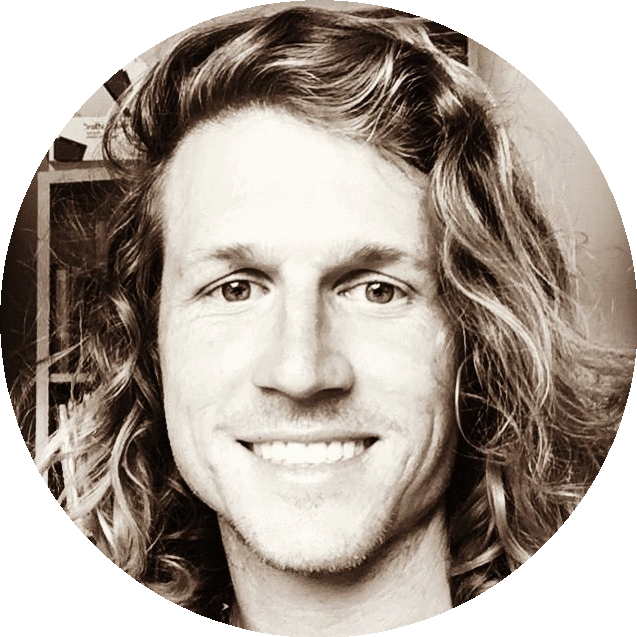
Michael Juberg
Michael is the Founder and Chief Editor of the Science of Mindfulness.
Related Posts
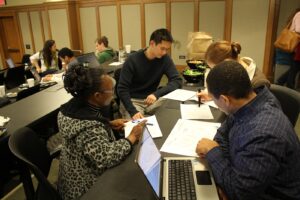
African American Mindfulness Researchers Make Vital Contributions
The growing recognition of transdisciplinarity’s powerful nature offers researchers valuable opportunities for collaboration

Moving Beyond the Headlines
Does the scientific content that we read always mean what it claims?

The Clark Unitive Effect: Bridging the ‘Valley of Death’ from Research to Practice
The growing recognition of transdisciplinarity’s powerful nature offers researchers valuable opportunities for collaboration
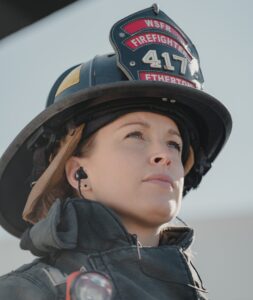
What is Mindfulness-based Resilience Training (MBRT)?
Also known as MBRT, this intervention helps first responders navigate their work more mindfully

Oppositional Cultural Practice®: OWN IT! FEEL IT! LIVE IT! LOVE IT!
Mindfulness practices like critical analysis can reveal the mental formations behind these tools.
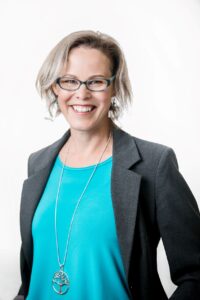
Interview with Dr. Linda Carlson
Dr. Linda Carlson holds the Enbridge Research Chair in Psychosocial Oncology, is Full Professor in Psychosocial Oncology in the Department of Oncology, Cumming School of Medicine at the University of Calgary, and Adjunct Professor in the Department of Psychology.
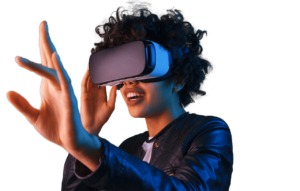
Mediating Mindfulness-Based Interventions with Virtual Reality in Non-Clinical Populations: The State-of-the-Art (Failla et al., 2022)
By providing an immersive, engrossing, and controlled visual and auditory experience in which participants can practice mindfulness techniques, Virtual Reality (VR) systems can create immersive, ecologically valid, first-person experiences that can even tap into physiological reactions that align with real-world experiences.
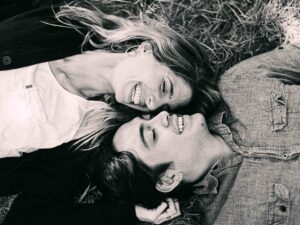
Trait Mindfulness and Relationship Satisfaction: The Role of Forgiveness Among Couples (Roberts et al., 2020)
The researchers were interested in understanding if forgiveness acts as a mechanism by which mindfulness relates to relationship satisfaction. They speculated that being mindful would allow individuals to be aware of their own and their partners’ emotions in a non-judgmental and non-reactive way. The increased awareness would make people more forgiving of partner transgressions, thereby enhancing relationship satisfaction.
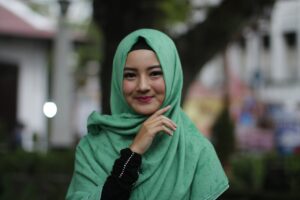
Exploring the Nexus between Mindfulness, Gratitude and Wellbeing Among Youth with the Mediating Role of Hopefulness: A South Asian Perspective (Ali et al., 2022)
Emerging studies are highlighting the effectiveness of mindfulness, gratitude and hopefulness as positive psychological tools in helping people cope with anxiety and stress. These practices have also been considered beneficial in enhancing psychological health and well-being.
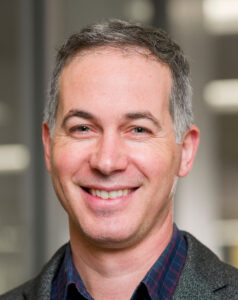
Interview with Dr. Sahib Khalsa
Dr. Khalsa is currently the Director of Clinical Operations at the Laureate Institute for Brain Research.
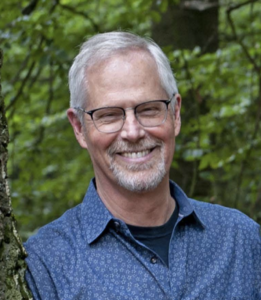
Interview with Dr. Christopher Germer
“…when mindfulness and self-compassion are in full bloom, they are nearly identical in a moment of suffering.”

What is Mindful Self-Compassion (MSC)?
Also known as MSC, this intervention teaches people to care for themselves as much as they care for others.
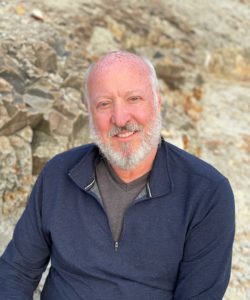
Interview with Dr. Steven Hickman
Self-compassion actually allows us to sustain our compassion for others because we’re being compassionate to ourselves as well.
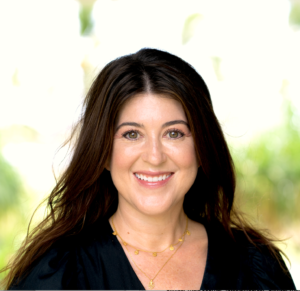
Interview with Dr. Erin Bantum
My work, over the past fifteen years has had a core theme of social support running through it, and I’d like to create an online mindfulness meditation intervention that includes a group component, such that people who have experienced cancer can meet and practice mindfulness meditation together.
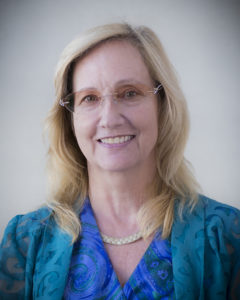
Interview with Dr. Amy Brown
I didn’t want them to needlessly struggle and suffer as much as I did, and mindfulness is one of those tools that definitely helps us all during this time. I’m helping them in the way that I wish I would have been helped.
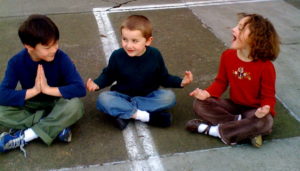
The challenges of bringing mindfulness into schools
After nearly three decades, a ban prohibiting public schools to offer yoga as an elective for grades K-12 has been overturned in Alabama.
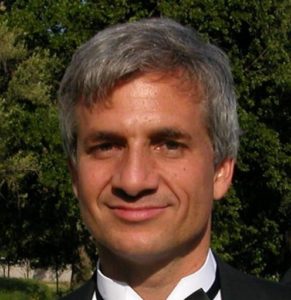
Interview with Dr. Philippe Goldin
Philippe Goldin, Ph.D. is an Associate Professor at UC Davis and leads the Clinically Applied Affective Neuroscience Laboratory.
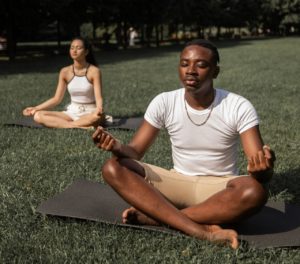
What is Mindfulness-Based Stress Reduction (MBSR)?
Mindfulness-based stress reduction, also known as MBSR, is an 8-week evidence-based group program that teaches participants how to cope with their pain and stress using mindfulness meditation and Hatha yoga techniques.

What is Mindfulness-Based Cognitive Therapy (MBCT)?
Mindfulness-based cognitive therapy, also known as MBCT, is a group-based treatment program … developed to prevent relapse in clinical populations with recurrent major depressive disorder (MDD).
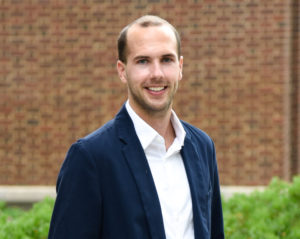
Interview with Blake Colaianne
Blake Colaianne is a former Earth science teacher turned contemplative researcher. He is currently a Ph.D. Candidate in Human Development and Family Studies at Penn State University. His research focuses on supporting adolescent development using both a culture of belonging in high schools and prevention and promotion programs that teach mindfulness and compassion skills.
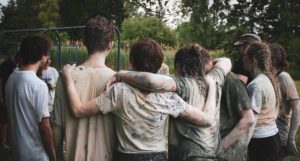
What is Mindfulness-Based Stress Reduction for Teens (MBSR-T)?
The MBSR-T program (also known as the Stressed Teens program) was created in 2004 by Gina M. Biegel, MA, LMFT

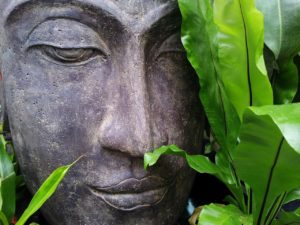
What is Mindfulness?
Rather than proposing a single definition, mindfulness might be better understood in relation to the phenomenology of the various contemplative traditions and practices that intend to develop mindfulness.
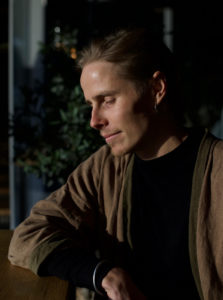
What is the Present Moment? Some Warnings about Hanging out in it, and a New Scientific Theory of Meditation
Ruben Laukkonen is a cognitive neuroscientist at the VU University of Amsterdam. His research focuses on sudden insight experiences and the effects of intensive meditation on the mind and brain. Using a combination of neuroimaging, machine learning, and neuro-phenomenology, Ruben is investigating some of the most rare states of consciousness accessible to human beings. He has published articles in leading journals, given talks at prestigious conferences, and has written on topics that range from artificial intelligence to psychedelics. Ruben has an eclectic contemplative background, including different meditation traditions such as Zen, Advaita, and Theravada.
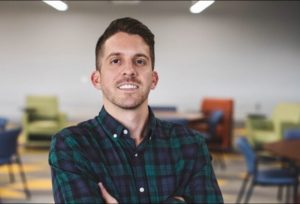
Interview with Michael Tumminia
Michael J. Tumminia is an avid meditator, researcher, and runner. He is currently a 3rd Year Applied Developmental Psychology PhD candidate at the University of Pittsburgh.
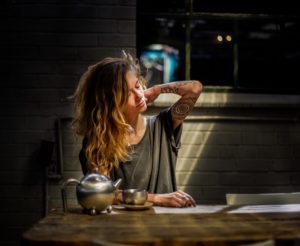
Your Brain is also Part of Your Body: Contextual and Contemplative Approaches in Physical Illness
Despite significant advances in the field of psychology due to increased research … the usual care of people with chronic medical conditions still often neglects the psychological issues associated with the physical dimension of the disease.
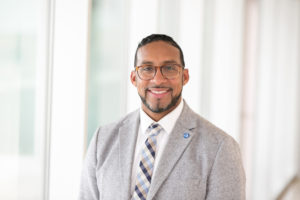
Interview with Dr. Juan Rios
“Whether you call it liberation, theology, transformative justice, mindfulness- we cannot separate those components of practice, all of those things are integrated. Integration brings peace, and peace within is key to embracing the other.”
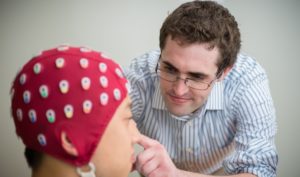
An electrophysiological investigation on the emotion regulatory mechanisms of brief open monitoring meditation in novice non-meditators (Lin et al., 2020)
Despite growing knowledge that mindfulness meditation can enhance emotional wellbeing, very little is known about how it all works. How exactly does the act of meditation help us deal with the emotional rollercoaster of everyday life? Is mindfulness training actually “transferrable” to real world situations? What’s going on in the brain? Can we even measure it?
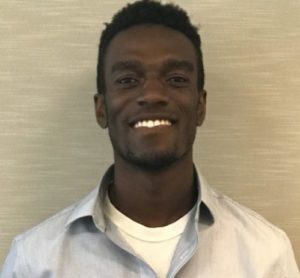
Interview with Grant Jones
Grant Jones (he/him) is an artist, contemplative, researcher, and activist. Currently, he is a 3rd Year Clinical Psychology PhD candidate at Harvard University and Co-Founder of The Black Lotus Collective.
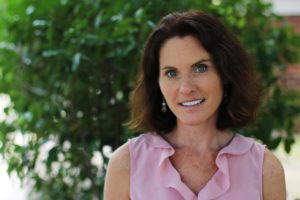
The Power of Their Own Breath
“We focus on concentration,” Jones says. “So rather than sharpening your focus, which is what happens when you get anxious, the goal is to relax your focus.” The ability to utilize your breath to calm your nervous system is the first step to teaching mindfulness.
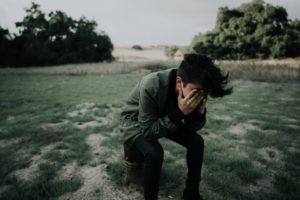
Self-compassion, quiet self, and the brain (Liu et al., 2020)
How does self-compassion protect depressed adolescents? Quieting the self may be the key.

When Less is More: Mindfulness Predicts Adaptive Affective Responding to Rejection via Reduced Prefrontal Recruitment (Martelli et al., 2018)
A study led by Alexandra Martelli investigated whether more mindful individuals (based on self-report measure scores) would respond to social rejection with less distress and if certain neurological mechanisms in the brain’s prefrontal cortex can potentially explain the role of mindfulness in reduced social distress.
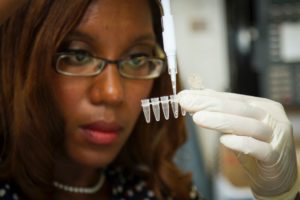
Brief mindfulness session improves mood and increases salivary oxytocin in psychology students (Bellosta-Batalla et al., 2020)
A research team from Valencia, Spain recently investigated the effects of a brief mindfulness-based intervention on both mood and biological markers on a sample of health professional students.
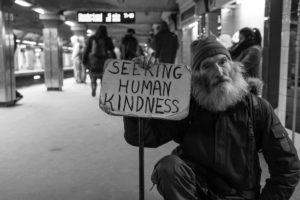
Neurophysiological and behavioural markers of compassion (Kim et al., 2020)
A new study by Kim and colleagues explored how compassion-based training can affect two self-regulatory styles and its relationship to neural, physiological, and behavioral responses.
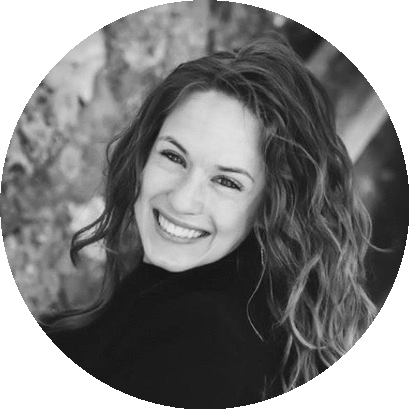
Interview with Dr. Ilana Nankin – Breathe For Change
Dr. Ilana Nankin—the Founder & CEO of Breathe For Change—is an award-winning entrepreneur, teacher educator, and former San Francisco pre-k teacher committed to using wellness as a vehicle for healing and social change.
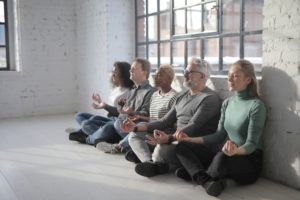
Yoga and Mindfulness as a Tool for Influencing Affectivity, Anxiety, Mental Health, and Stress among Healthcare Workers: Results of a Single-Arm Clinical Trial (Torre et al., 2020)
Torre and colleagues recruited 70 HCWs from two hospitals in Rome, Italy for a 4-week course in yoga and mindfulness.
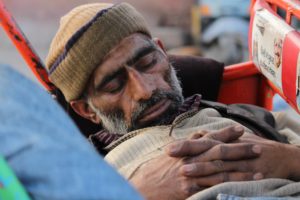
Mindfulness Buffers the Impact of COVID-19 Outbreak Information on Sleep Duration (Zheng et al., 2020)
A team of researchers based in the perceived epicenter of the virus, Wuhan, China, recently tested whether a brief mindfulness intervention delivered through an app could be effective for reducing anxiety and protecting nightly sleep during the unfolding pandemic.

Intrapsychic Correlates of Professional Quality of Life: Mindfulness, Empathy, and Emotional Separation. (Thomas & Otis, 2010).
Mindfulness practices can enhance a therapist’s ability to intentionally and flexibly regulate attention as well as emotional reactivity which has been demonstrated to influence burnout.
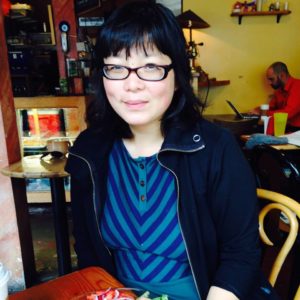
Interview with Dr. Helen Weng
Dr. Helen Weng is a clinical psychologist and neuroscientist who originally joined the Osher Center for Integrative Medicine in 2014 as a postdoctoral scholar in the Training in Research in Integrative Medicine (TRIM) fellowship. She is developing new ways to quantify meditation skills using functional magnetic resonance imaging (fMRI) and machine learning to identify mental states of body awareness during meditation.

Physician Anxiety and Burnout: Symptom Correlates and a Prospective Pilot Study of App-Delivered Mindfulness Training (Roy et al., 2020)
A new study investigated whether a brief mindfulness training designed to reduce physician burnout could be delivered through a smartphone app.
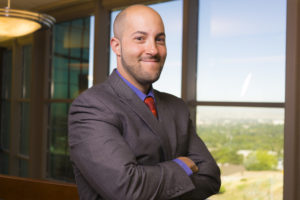
Interview with Dr. Eric Garland
Dr. Eric Garland, PhD, LCSW is Presidential Scholar, Associate Dean for Research, and Professor in the University of Utah College of Social Work, Director of the Center on Mindfulness and Integrative Health Intervention Development (C-MIIND), and Associate Director of Integrative Medicine in Supportive Oncology and Survivorship at the Huntsman Cancer Institute.
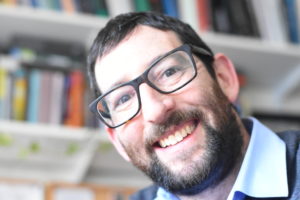
Interview with Dr. David Vago
David Vago is Research Director of the Osher Center for Integrative Medicine at Vanderbilt University Medical Center.
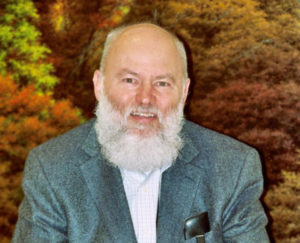
Interview with Dr. Jeff Brantley
Jeffrey Brantley, MD, is one of the founding faculty members of Duke Integrative Medicine, where he started the Mindfulness-Based Stress Reduction program in 1998.
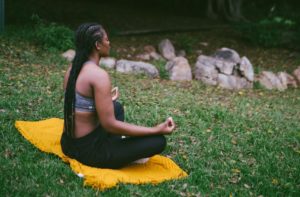
Role of Yoga and Mindfulness in Severe Mental Illnesses: A Narrative Review (Sathyanarayan et al., 2019)
The current study reviewed the wider scientific literature for the role of yoga and mindfulness interventions in the treatment of severe mental illness.
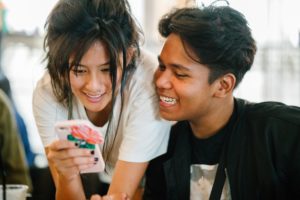
A Randomized Controlled Trial Examining the Effect of Mindfulness Meditation on Working Memory Capacity in Adolescents (Quach et al., 2015)
The amount of research involving mindfulness interventions has grown exponentially; however, only in the last decade has mindfulness research involving adolescents rapidly increased.
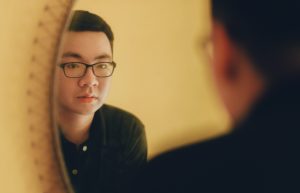
The Differential Moderating Roles of Self-Compassion and Mindfulness in Self-Stigma and Well-Being Among People Living with Mental Illness or HIV (Yang et al., 2016)
Mindfulness and self-compassion are theorized to disrupt the maladaptive repetition of negative thoughts and emotions for patients with chronic or mental illnesses, who are particularly susceptible to psychosocial distress.
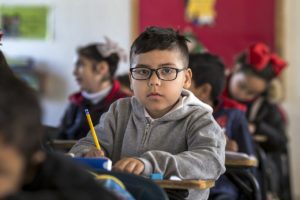
The Emerging Trend of Mindfulness in Education
According to the Association for Mindfulness in Education, mindfulness can increase students’ emotional regulation, social skills, self-esteem, and organizational capacities.

Neural Stress Reactivity Relates to Smoking Outcomes and Differentiates Between Mindfulness and Cognitive Behavioral Treatment (Kober et al., 2016)
There is promising evidence that 70% of smokers would like to quit but less than 5% of unassisted attempts at quitting are actually successful.
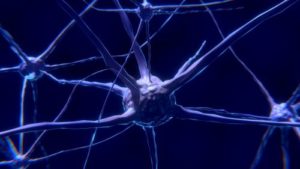
Mindfulness-Based Relapse Prevention for Stimulant Dependent Adults: A Pilot Randomized Clinical Trial (Glasner et al., 2016)
In a recent pilot study by Suzette Glasner, Ph.D. and her team at the Integrated Substance Abuse Programs at the David Geffen School of Medicine at UCLA, they evaluated the effects of Mindfulness-Based Relapse Prevention (MBRP) on reducing relapse susceptibility among stimulant-dependent adults receiving a contingency management (CM) intervention.

Long-term Mindfulness Training is Associated with Reliable Differences in Resting Respiration Rate (Wielgosz et al., 2016)
A major implication of the study suggests the distal effects of intensive retreat practice on respiration rates, a benefit not necessarily conferred by a brief, but full-day meditation session.

Examination of Broad Symptom Improvement Resulting From Mindfulness-Based Stress Reduction in Breast Cancer Survivors: A Randomized Controlled Trial (Lengacher et al., 2016)
Researchers are exploring mindfulness-based interventions as a long-term treatment options to address the multitude of symptoms after cancer has been treated.

Epigenetic Clock Analysis in Long-term Meditators (Chaix et al., 2017)
While the scientific study of mindfulness has exponentially increased over the past few decades, only recently has the scientific community focused on the effects of meditation training on biological aging.
